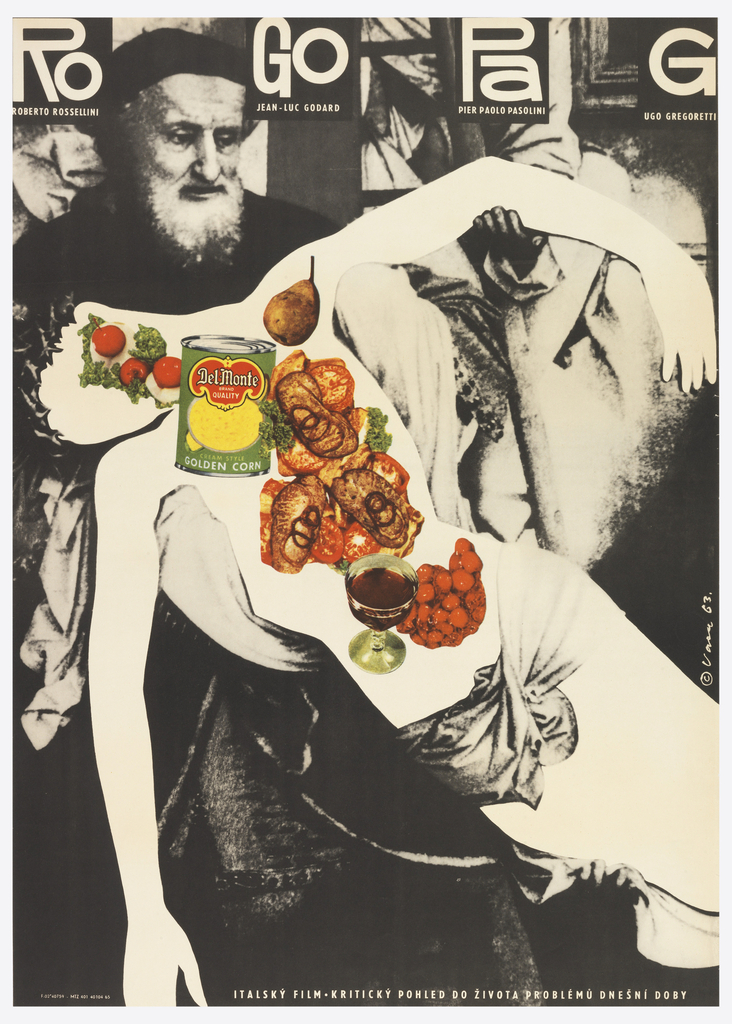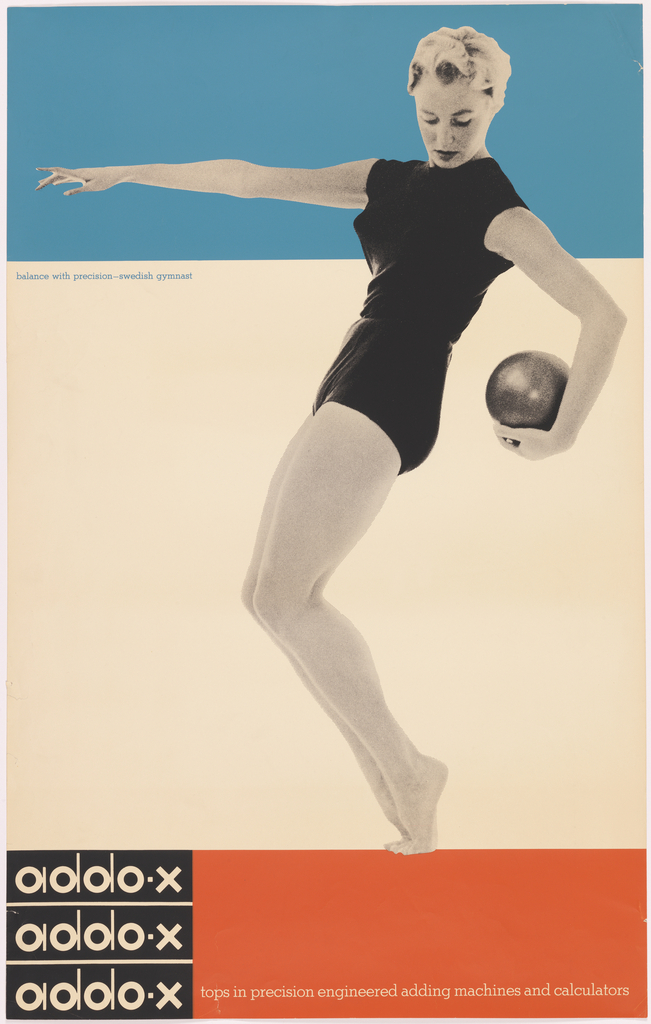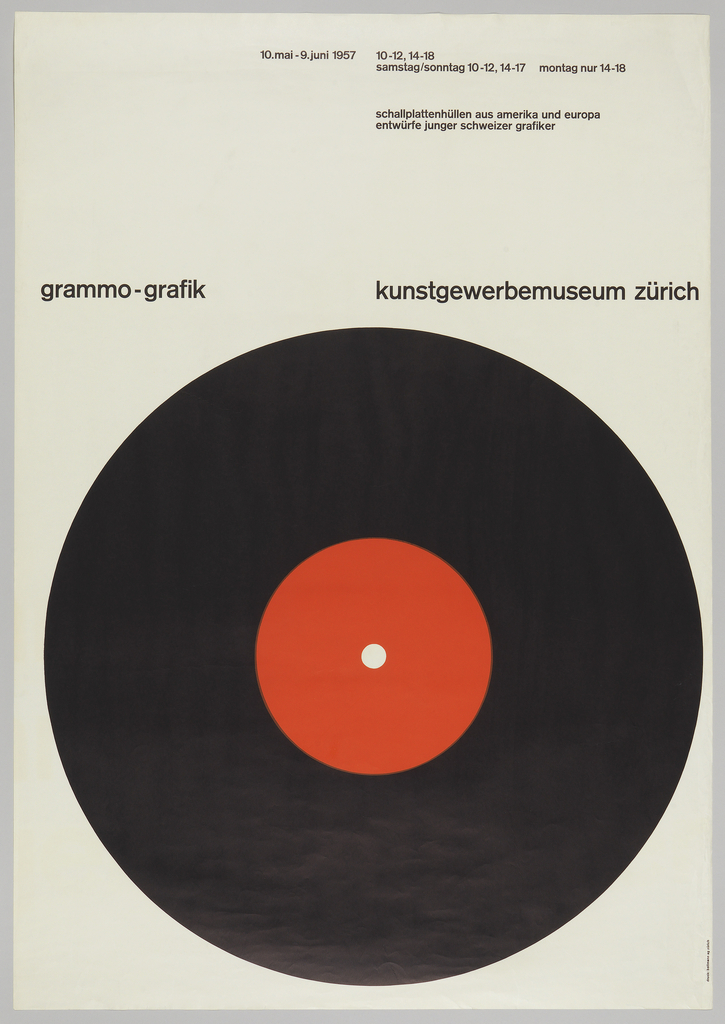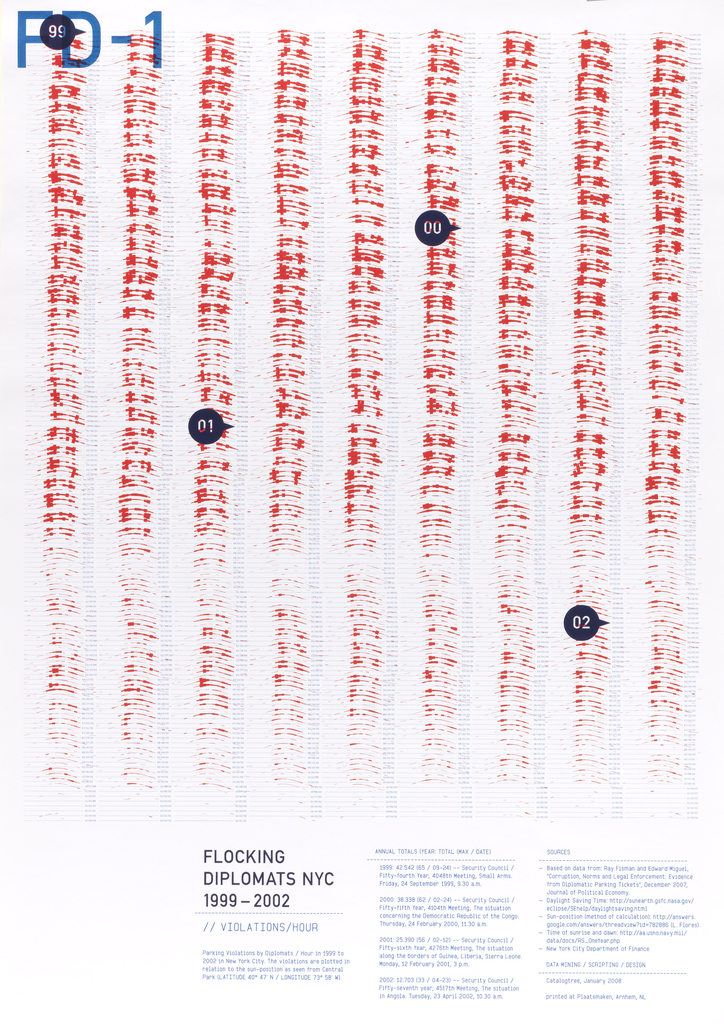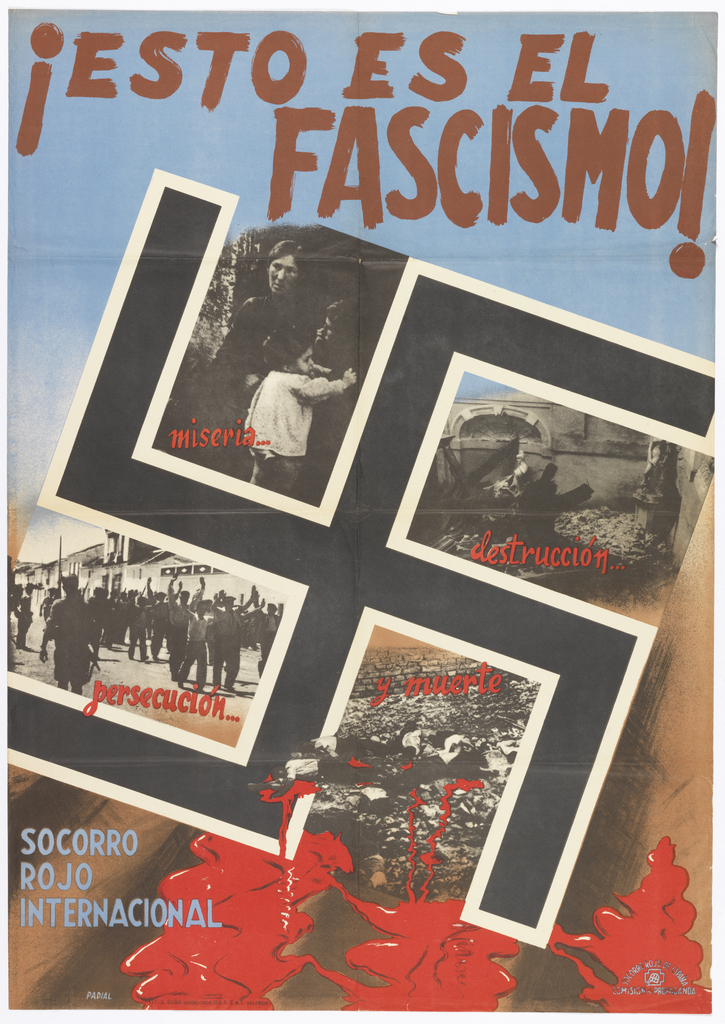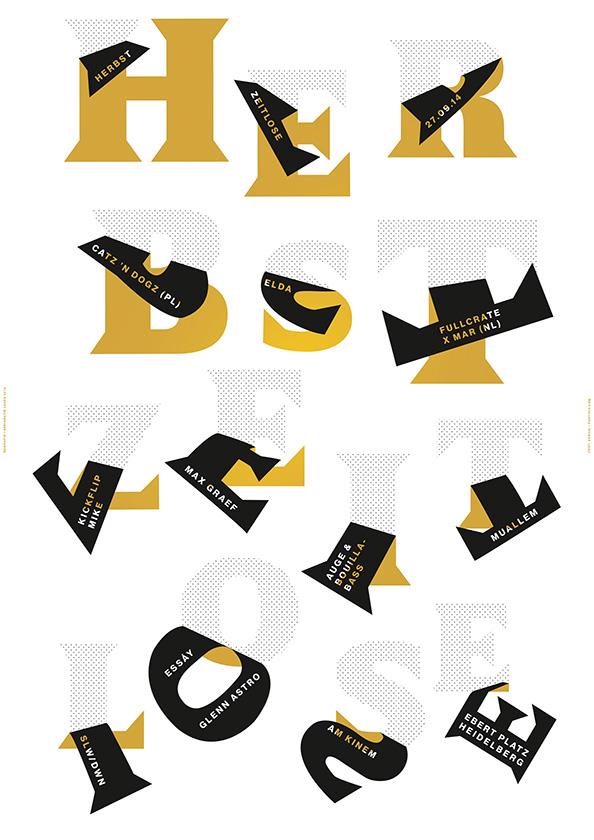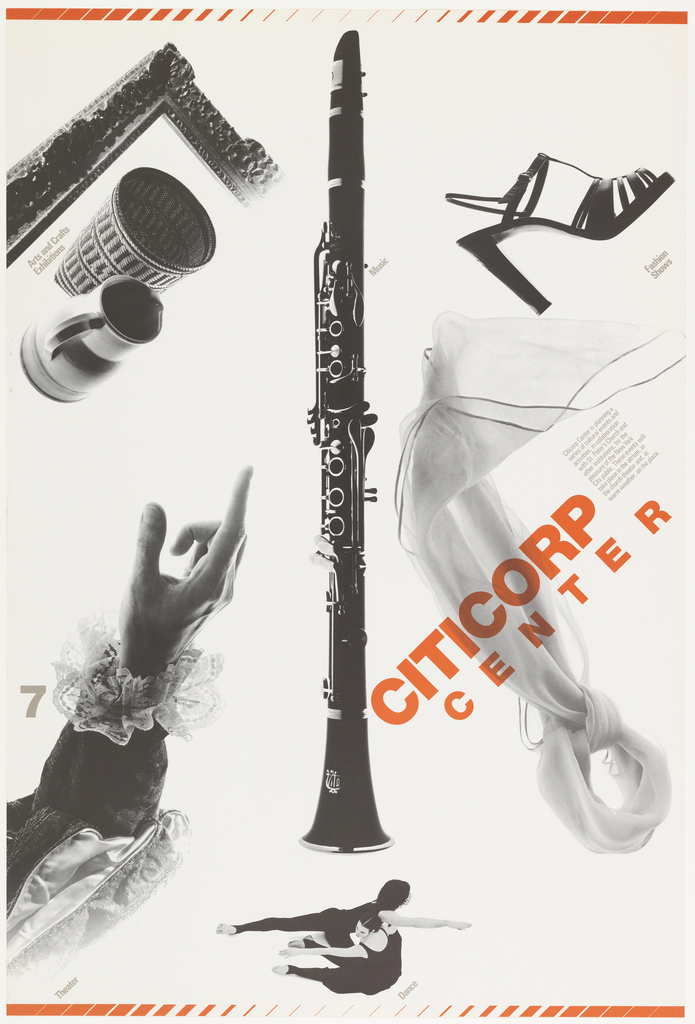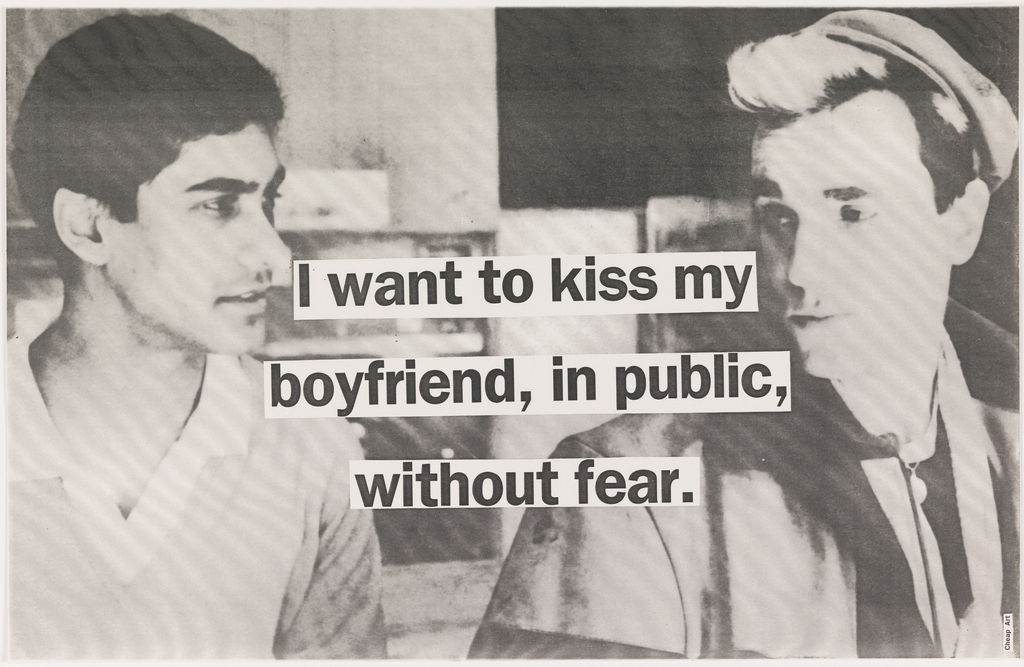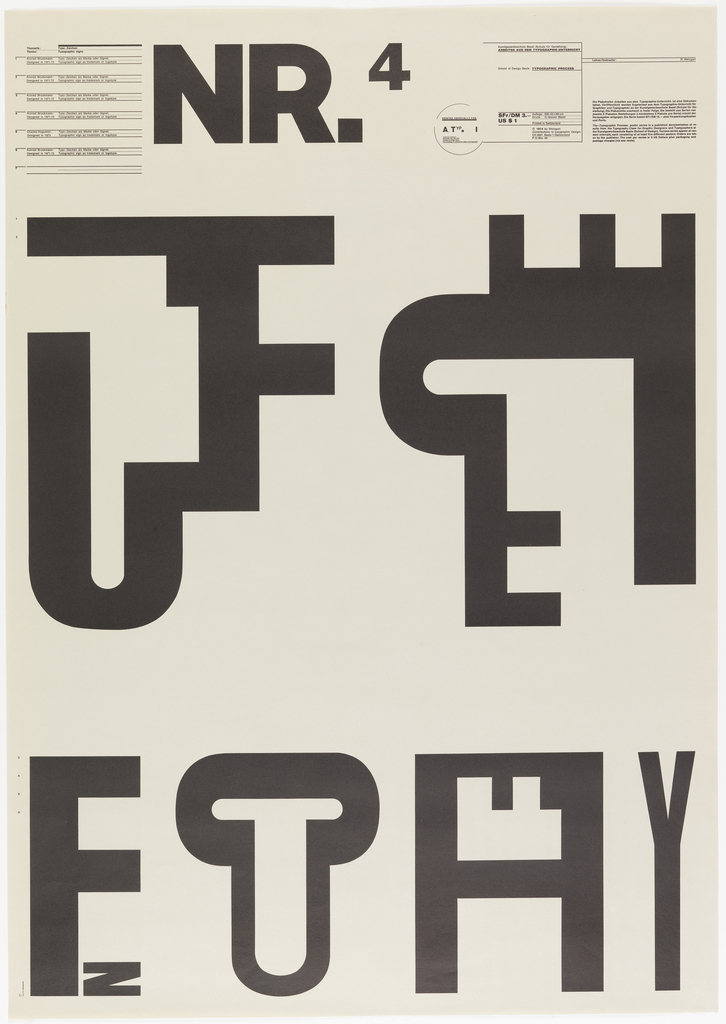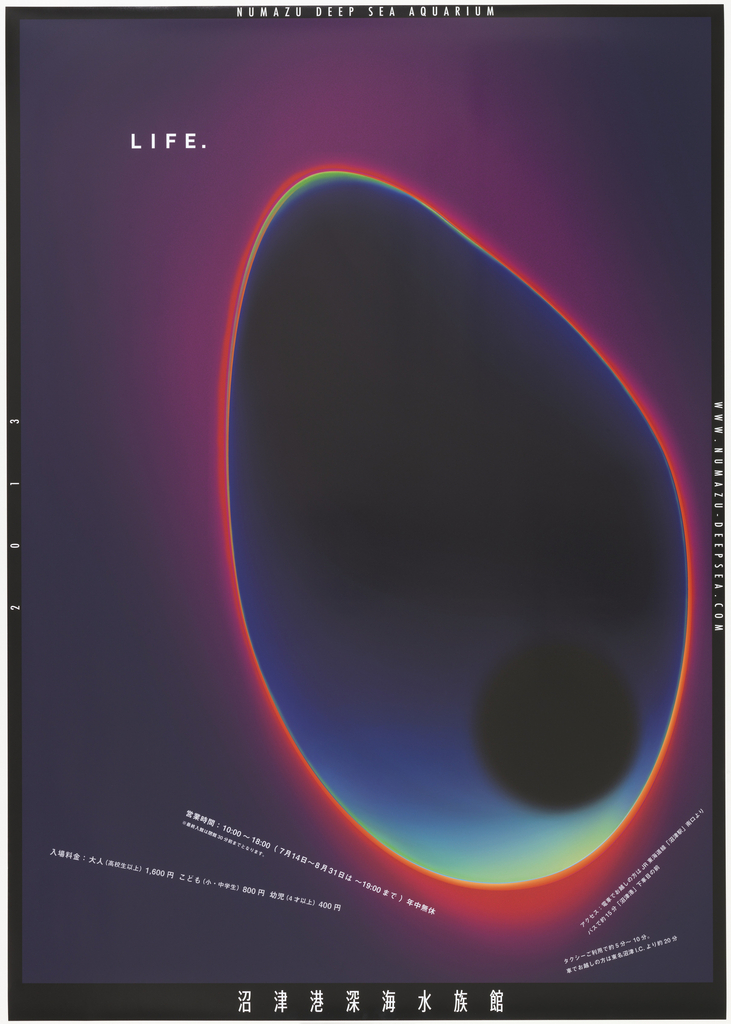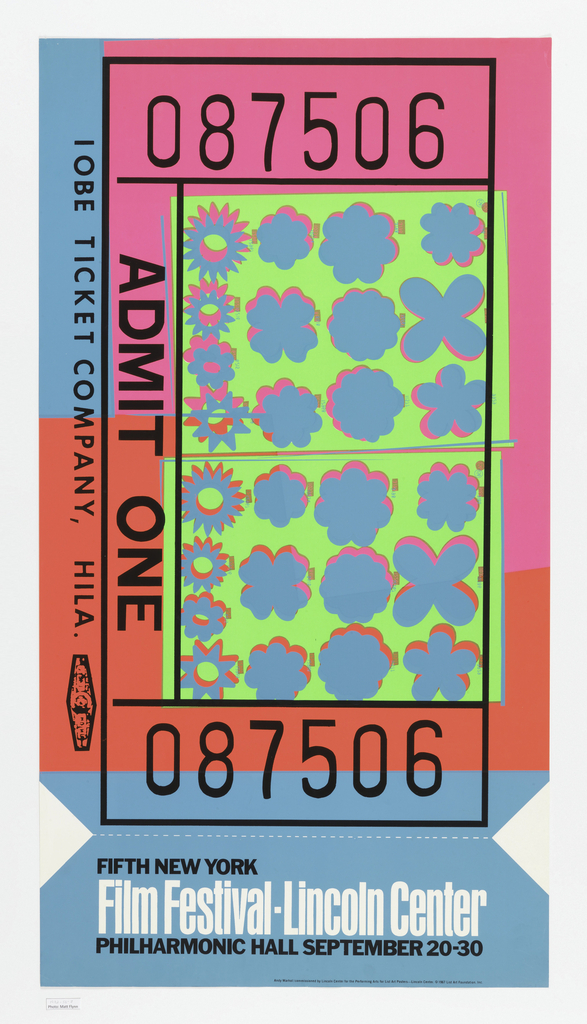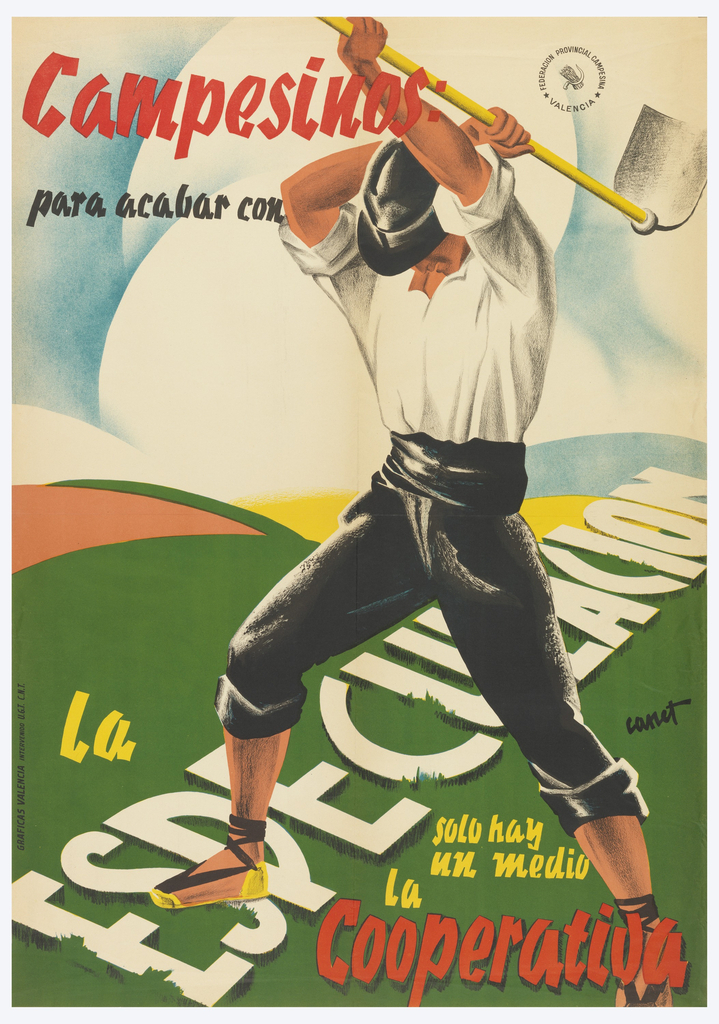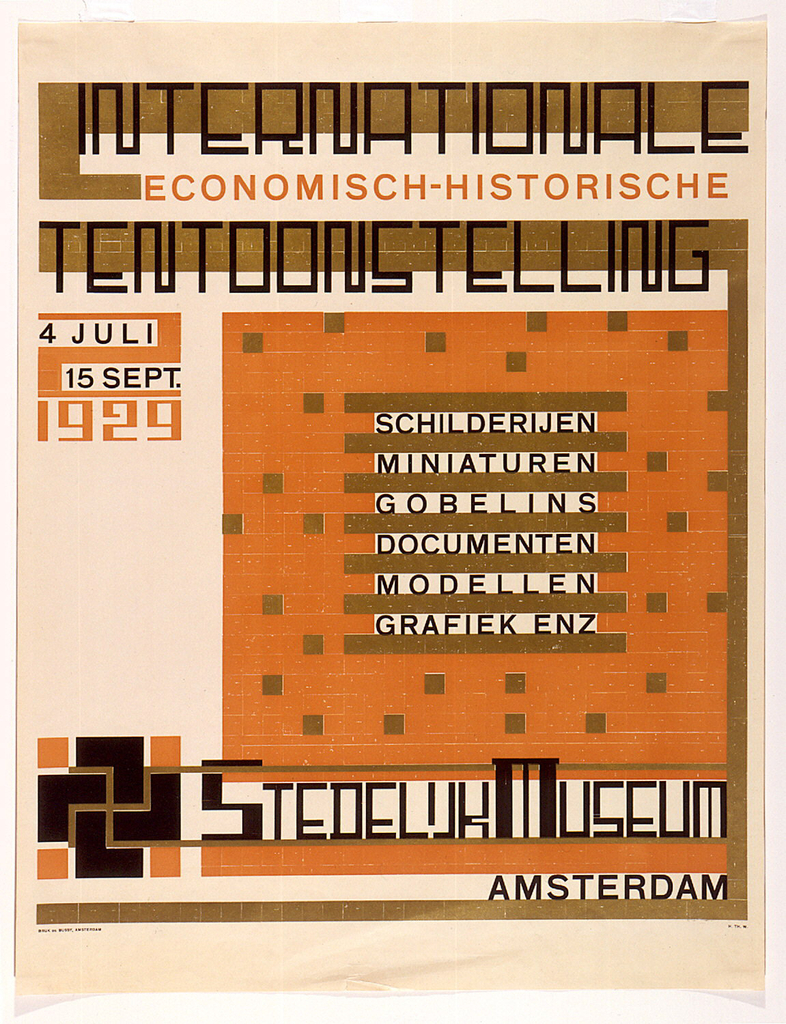Since the Dada revolution, designers and artists have chopped up glossy magazines in their search for raw materials. To create this poster for a festival of contemporary avant-garde films, the designer cut away the body of Christ from a blown-up of a Renaissance painting. The blank space where the body used to be becomes a...
We see posters not only with our eyes but with our bodies. In this sense, we respond physically to the taut pose of the elegant athlete in Ladislav Sutnar’s 1958 poster for Addo-X. Sutnar created a bold new logotype for the Swedish office machine brand in 1956; he also designed numerous posters and advertisements for...
In 1966, Italian designer Bruno Munari poked fun at the commonplace design solution of putting a big circle in the middle of a poster. In his essay “Posters with a Central Image,” Munari wrote, ““The eye is attracted by the dark disc and has no way of escaping.” He may have had this famous poster...
Data visualization is the art and science of creating graphic representations of numerical data. The Flocking Diplomats series consists of multiple visualizations of a rich body of data concerning the parking violations of international diplomats in New York City. This conceptual project employs the poster as a research tool, much as “posters” are used in...
In 1996, colleagues at the Museum of Modern Art recommended to a donor that Cooper Hewitt be offered an opportunity to review a collection of rare posters from the Spanish Civil War (1936–1939). These had been gathered by journalist William Mangold, who worked for the new Republic in Spain during that war. Thirty posters representing...
As digital screens become increasingly prevalent, the printed poster has taken on new roles. For his commemoration of the transition from summer to fall in his poster Herbstzeitlose (Autumn Crocus), Götz Gramlich created both a digital animation and a screenprinted poster around the same design concept. In the animation, the letters peel away one by...
American designer Dan Friedman was a student of Swiss master Armin Hofmann in the late 1960s. Friedman was working at Anspach, Grossman, Portugal, Inc., when the firm secured the account for the new Citicorp identity. He designed Citicorp’s logo and other key elements of the brand campaign. His poster for Citicorp Center, advertising Citicorp as...
In 1992, Karrie Jacobs and Steven Heller published Angry Graphics, a chronicle of oppositional images created during the presidencies of Ronald Reagan and George H. W. Bush. (An excerpt from Angry Graphics appears in the publication How Posters Work.) These passionate works were born in the heat of that period’s wars, epidemics, and economic upheavals. Jacobs...
While many works of design explore a blunt, diagrammatic simplicity, others challenge the viewer to fill in the blanks. Inspired by cubist collage, E. McKnight Kauffer created images with fluid boundaries. Wolfgang Weingart turned letters into parts of bodies and parts of other letters, playing with text as both language and not-language. In a series...
We can feel an image in our bones and muscles. We can also touch it with our skin (almost). The knitted wool glove in Herbert Matter’s Engelberg, Trübsee, Switzerland (1935) is so real we can almost sense it against our skin. Designers speak of “texture” as a basic design element, and yet this quality often...
Risography was invented in the 1980s in Japan as a cheaper alternative to xerography for small businesses. The machine is similar in appearance to a photocopier, but as a form of stencil duplication, it is akin as a printing method to screenprint. An image, designed to print one color at a time, is cut into...
The rise of digital printing has transformed the ability of graphic designers to produce and publish their work. Inkjet printing is a technique that propels tiny droplets of ink onto the paper. Laser printing— the updated method of photocopying—uses a laser beam to train back and forth across an electron-charged drum to define the image....
A screenprint is produced using a gauzy screen that has been stretched across a rectangular wooden frame. Ink is spread across the top portion of the screen by the printer, who then pulls the ink towards them with a rubber blade commonly known as a squeegee. The pressure forces the ink through the screen and...
Around the turn of the twentieth century, the new process of offset lithography emerged within the commercial printing industry. “Offset” refers to the process of transferring ink from a flexible matrix to a rubber cylinder, which then transfers the image to the paper. Offset printing replaced heavy stones with light, flexible plates and automated the...
Letterpress, introduced in the fifteenth century, employs individual elements of wood or lead cut into letterforms, rules, and ornaments and pieced together to form a composition. Held together in a rectangular frame known as a chase, the elements that receive the ink are raised above the rest of the surface. When ink is applied, it...
